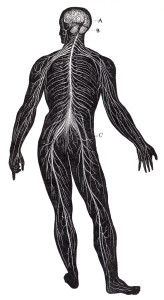
Courtesy of StockVault
Women Who Want to Successfully Work for Themselves website has done a piece on gratitude.
Gratitude is classified as an emotion and emotions can and often do control how negatively or positively we view the world around us. Research has shown that people who are consistently grateful tend to be happier, more helpful, forgiving and less depressed.
A person’s day-to-day attitude of gratitude sets into motion the Law of Attraction the website purports. The more grateful you are, the more reasons you will have to be grateful.
It is easy to get caught up in all the day-to-day hustle & bustle and loss control over the smallest things. However, what could change if you woke up and recited either mentally or out loud at least 1-2 things? The article noted that keeping a gratitude journal is a positive way to reinforce the thankfulness you’ve experienced during your day. Your journal can come in handy on those days when you are feeling not so grateful.
What steps can you take to become more grateful?
The site listed the following:
1. Think of something that makes you sad or angry. As you experience that state of sadness or anger become aware of your breathing, heartbeat, thoughts, and overall sense of well-being.
2. Stop and take a deep breath and clear your mind of those thoughts and feelings.
3. Now, think of something for which you are grateful, your puppy, a recent success or a beloved friend. How are you feeling physically and emotionally? Are you calmer and less anxious?
Gratitude is a positive and calming emotion. Imagine living in a constant state of gratitude and the positive affect it will have on your health, happiness and wealth.
Humintell is grateful to all our loyal subscribers!

 Why do we keep secrets and how can it affect us?
Why do we keep secrets and how can it affect us?